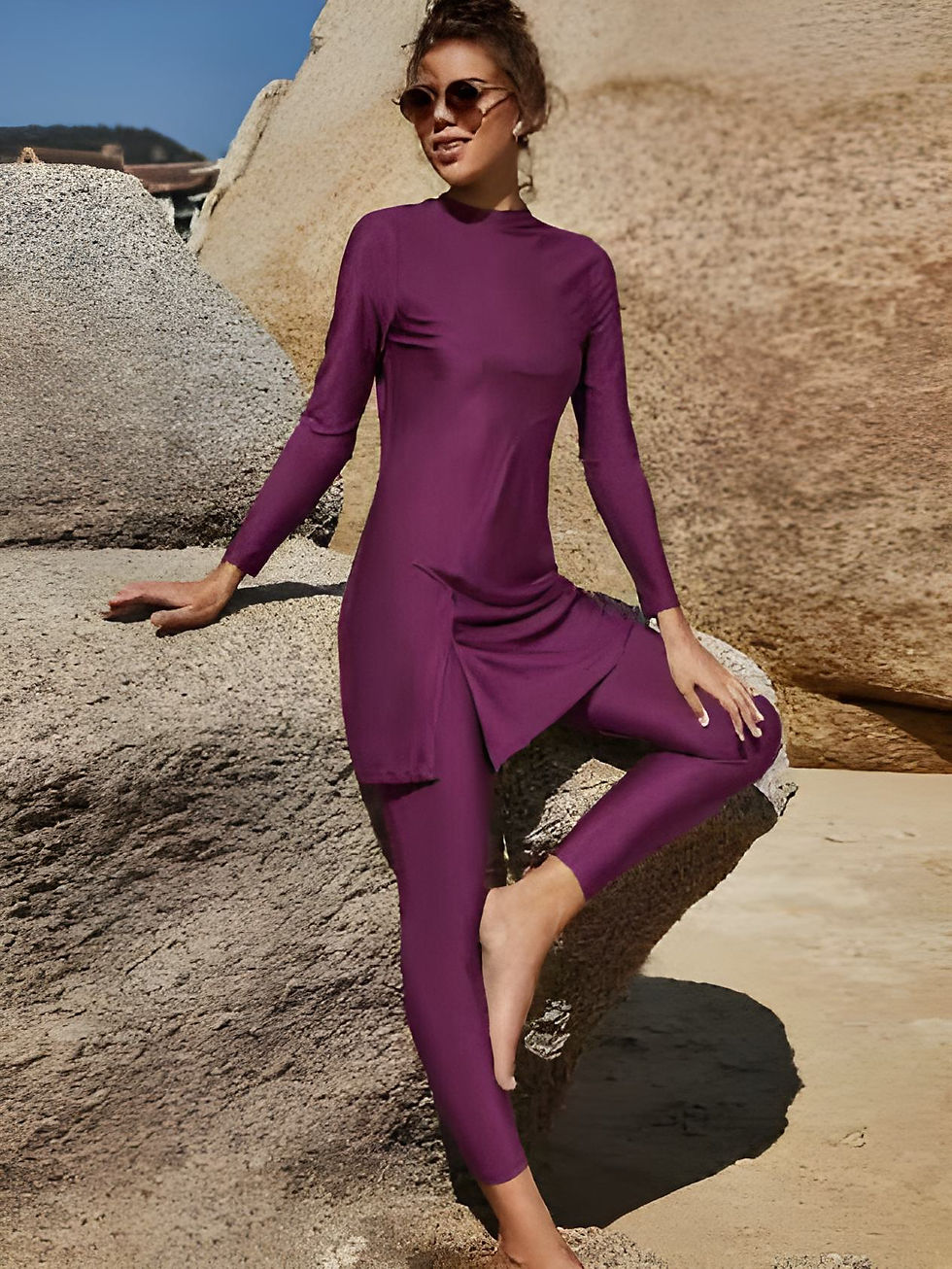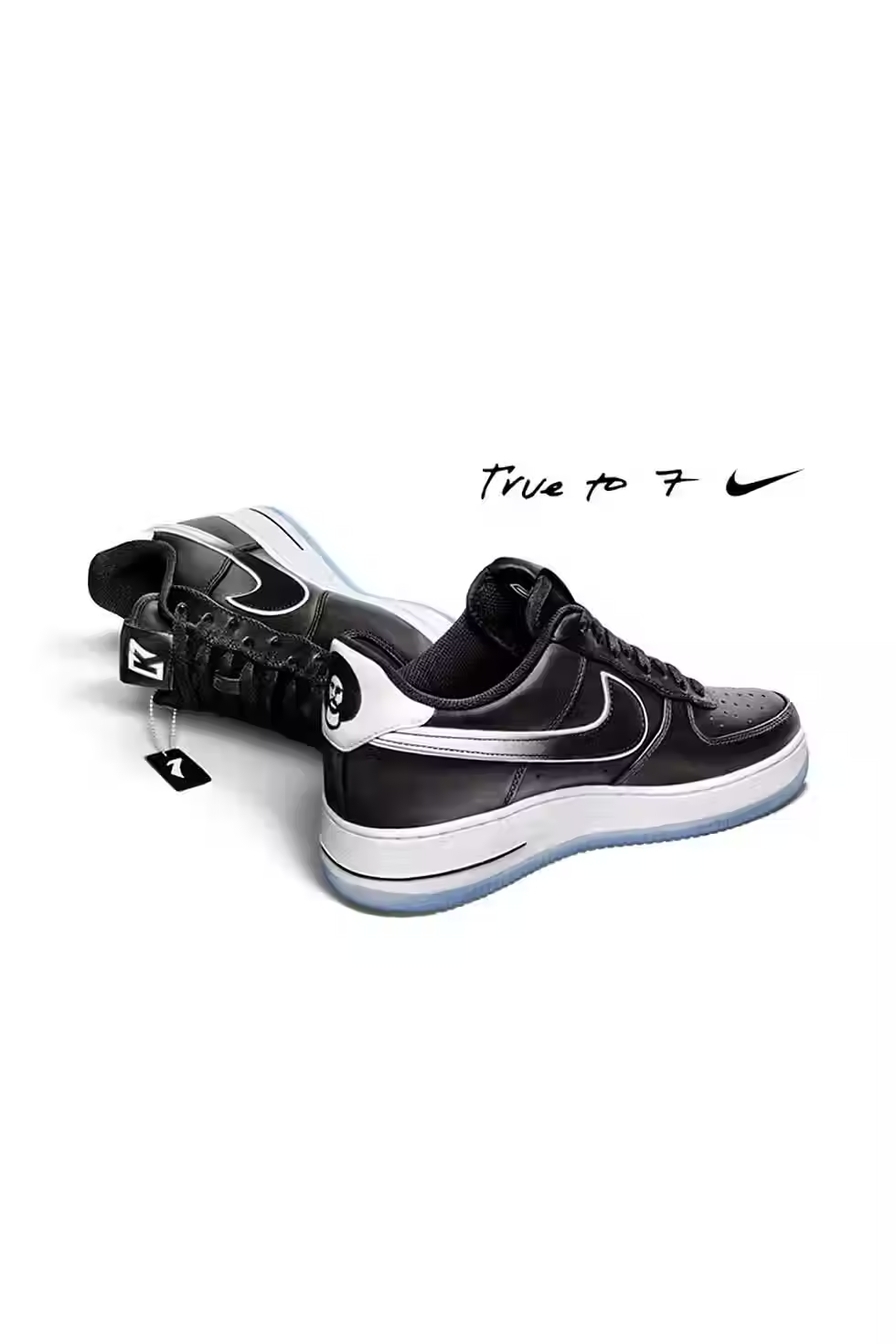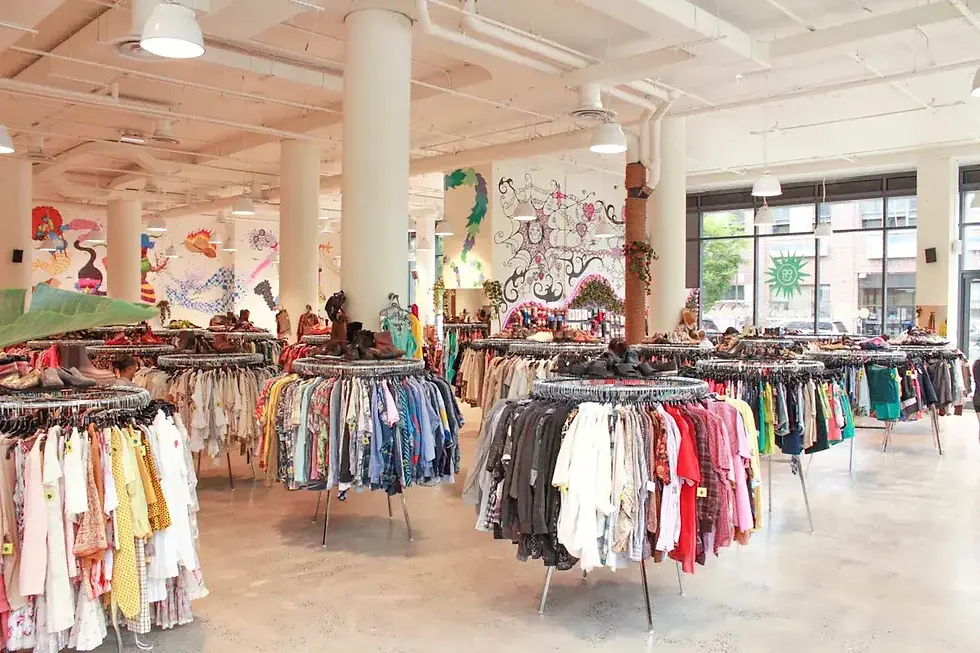The Political Closet: How Style Becomes a Statement
- Brandon Francis
- Sep 30
- 6 min read

Fashion has two sides: the side that inspires your wild side and lets you express yourself, but there's another serious side that mirrors the political drama of the day. Historically, laws would tell people what not to wear, and now, today, people have heated debates over eco-friendly fabrics. Politics and fashion intersect in fascinating ways, and this blog post explores how style serves as a powerful means of expression in the political landscape.
The Historical Context of Fashion and Politics
Clothing has always held political significance. During the colonial period, what you wore depended on your social class. For example, during the Haitian Revolution, formerly enslaved people began to reject the clothing styles imposed on them under French colonial rule. Wearing European-style garments became a symbol of colonial dominance, while adopting simpler, locally inspired dress and military uniforms became a way to assert freedom, unity, and a new national identity. This historical precedent illustrates that fashion has long been a tool for social control.
Colonial powers pushed Western styles onto the people they colonized, wiping out traditional clothing and cultural identities. This takeover really highlighted the control and dominance they exerted.
As we keep evolving, the trends around what we wear are still a hot topic. Nowadays, choosing an outfit is more than just finding something to wear; it's like putting on a sign that shows off your values, beliefs, and sometimes even a bit of drama. According to a YouGov survey, 60.2 % of Gen Z believe fashion brands should engage with social issues (compared to 53.8 % of millennials) (YouGov, 2022). This just proves that our clothes are still wrapped up in the ongoing drama of societal issues.

Trade, Tariffs, and the Global Fashion Supply Chain
In the world of global fashion, politics plays a big role, especially with trade and tariffs. Imagine this: Analysts estimate that a 10 % tariff on imported textiles can result in a single-digit increase in retail prices, depending on how much of the tariff is passed through (Cavallo, Gopinath, Neiman, & Tang, 2021). So, while you're trying to keep up with fashion trends, your wallet might take a hit.
Labor laws also dramatically influence the fashion landscape. Countries like China and Vietnam have become key players in garment production, but their labor practices often raise ethical concerns. The majority of garment workers in developing countries still do not earn enough to meet basic needs. Reports estimate that less than 2% of garment workers are paid a living wage (Clean Clothes Campaign, n.d.; Collective Fashion Justice, n.d.). In fact, workers in key garment-producing nations earn on average only 55% of what they need to reach a living wage (The Industry We Want, 2023). Stricter labor laws can improve these conditions, but they might also heighten production costs for brands, causing them to evaluate their pricing and sourcing strategies.
Consider regulations like the FTC’s labeling laws and California’s Prop 65 as the fashion police. These laws focus on transparency, requiring brands to adhere to standards to avoid any unwelcome surprises.
Fashion as a Reflection of Identity and Activism
Fashion isn't just about clothes; it's a way of showing who you are and standing up for what you believe in. In France, debates about hijabs and burkinis highlight how clothing choices can ignite wider conflicts about identity and expression. For example, in 2004 France banned conspicuous religious symbols, including hijabs, in public schools, and in 2010 it passed legislation prohibiting full-face coverings in public spaces (Bowen, 2007; European Union Agency for Fundamental Rights, 2011). These conversations highlight societal tensions and make us think about freedom, identity, and inclusivity.
The Black Lives Matter movement got brands thinking about diversity and representation in their companies. After the 2020 protests, a lot of fashion brands promised to back marginalized communities by investing in projects that push for inclusivity. In 2020, Nike announced a $40 million commitment over four years to support organizations focused on racial and social justice, education, and addressing inequality. (Nike Inc., 2020)
On top of that, the LGBTQ+ movement has had a big impact on fashion, bringing about gender-neutral clothing lines. A YouGov survey across 17 markets found that 53% of consumers say diversity and inclusion in a brand’s products influences their purchase decisions (YouGov, 2024). Designers are catching on to these diverse identities, showing that fashion often keeps up with what's happening in society.

The Role of Law in Fashion
Laws play a big role in how politics and fashion mix together. Disputes over logos, like those between luxury brands and fast fashion stores, highlight why it's important to safeguard intellectual property. These clashes bring up important questions about originality and ownership, pushing designers to defend their creative works.
Furthermore, laws concerning sustainability are becoming more significant in the industry. In 2021, France enacted its anti-waste law, which made it illegal to destroy unsold non-food goods such as clothing. Companies are now required to reuse, donate, or recycle these items instead of discarding them (French Ministry for the Ecological Transition, 2020). These measures aim to hold brands accountable for their environmental impact, promoting ethical practices across the fashion industry. McKinsey’s 2020 survey found that 67% of respondents say using sustainable materials is an important factor when buying apparel (McKinsey, 2020). With stricter environmental rules coming into play, fashion brands are feeling the heat to go green. This change matches what consumers are leaning towards and shows how politics can steer future trends. The choices made now are going to shape the fashion world for years to come.
Fashion as Protest
Fashion has always been a way to make a statement. Back in the day, suffragettes rocked white outfits to show they were all about women's rights, and the Black Panthers sported leather jackets to send a message of power and rebellion. Nowadays, a lot of climate activists are all about slow fashion and hitting up thrift stores to push back against the fast-fashion scene and support sustainability.
Brands are also getting involved in social issues. Nike teaming up with Colin Kaepernick kicked off important talks about racial injustice—see the Nike Air Force 1 “Colin Kaepernick” release. This example shows how fashion can go beyond just looks and actually drive real change:

Imagining the Future of Fashion and Politics
The way politics and fashion interact is always changing. As the world shifts, it's important to see how political choices impact the fashion scene. Things like trade deals, labor rules, and sustainability issues play a big role in shaping the fashion world.
Ultimately, fashion is more than just clothes; it's a political statement stitched into every design, runway, and trend. As we explore where fashion and politics meet, we should recognize our shared ability to drive change. With activism, identity, and eco-friendly practices, fashion will keep reflecting and reacting to the political scene for a long time.
Sources:
YouGov. (2022). How Gen Z and Millennials approach fashion differently. YouGov. https://business.yougov.com/content/50897-how-gen-z-millennials-approach-fashion-differently
Amiti, M., Redding, S. J., & Weinstein, D. E. (2019). The impact of the 2018 tariffs on prices and welfare. Journal of Economic Perspectives, 33(4), 187–210. https://doi.org/10.1257/jep.33.4.187
Cavallo, A., Gopinath, G., Neiman, B., & Tang, J. (2021). Tariff pass-through at the border and at the store. American Economic Review: Insights, 3(1), 19–34. https://doi.org/10.1257/aeri.20190536
Clean Clothes Campaign. (n.d.). Poverty wages. Clean Clothes. https://cleanclothes.org/poverty-wages
Collective Fashion Justice. (n.d.). Garment workers. Collective Fashion Justice. https://www.collectivefashionjustice.org/garment-workers
The Industry We Want. (2023). Garment worker pay report: Living wage gap. The Industry We Want. https://www.businessoffashion.com/news/sustainability/garment-worker-pay-at-45-gap-from-living-wage-report-finds
Bowen, J. R. (2007). Why the French don’t like headscarves: Islam, the state, and public space. Princeton University Press.
European Union Agency for Fundamental Rights. (2011). The ban on the full-face veil in France. https://fra.europa.eu/en/publication/2011/ban-full-face-veil-france
Nike Inc. (2020, June 5). Statement on commitment to the Black community. Nike. https://about.nike.com/en/resources/nike-inc-statement-on-commitment-to-the-black-community
YouGov. (2024, January 10). Does diversity and inclusion in products, staff, or advertising impact buyers’ purchase decisions? YouGov. https://business.yougov.com/content/50302-does-diversity-and-inclusion-in-products-staff-or-advertising-impact-buyers-purchase-decisions
French Ministry for the Ecological Transition. (2020). Anti-waste law for a circular economy: Keymeasures. https://pro.refashion.fr/sites/default/files/fichiers/200224_EM_TLC_LEssentiel_Version_31_English_digitale.pdf
McKinsey. (2020). Survey: Consumer sentiment on sustainability in fashion. https://www.mckinsey.com/industries/retail/our-insights/survey-consumer-sentiment-on-sustainability-in-fashion
Nike. (2019, December 23). Nike Air Force 1 “Colin Kaepernick”. Nike. https://www.nike.com/launch/t/air-force-1-colin-kaepernick-1
Image References:
Donald J. Trump for President, Inc. (2016). “Make America Great Again” red cap [Photograph]. Official Trump campaign merchandise. https://shop.donaldjtrump.com
Girardin, A.-F. (ca. 1800). Portrait of Toussaint Louverture [Painting]. Public domain.
Nike. (2019, December 23). Nike Air Force 1 “Colin Kaepernick” [Photograph]. Nike. https://www.nike.com/launch/t/air-force-1-colin-kaepernick-1
Shein. (n.d.). Purple modest swimwear / burkini [Product photograph]. Shein. https://us.shein.com/goods-p-82684851.html?goods_id=82684851




Comments